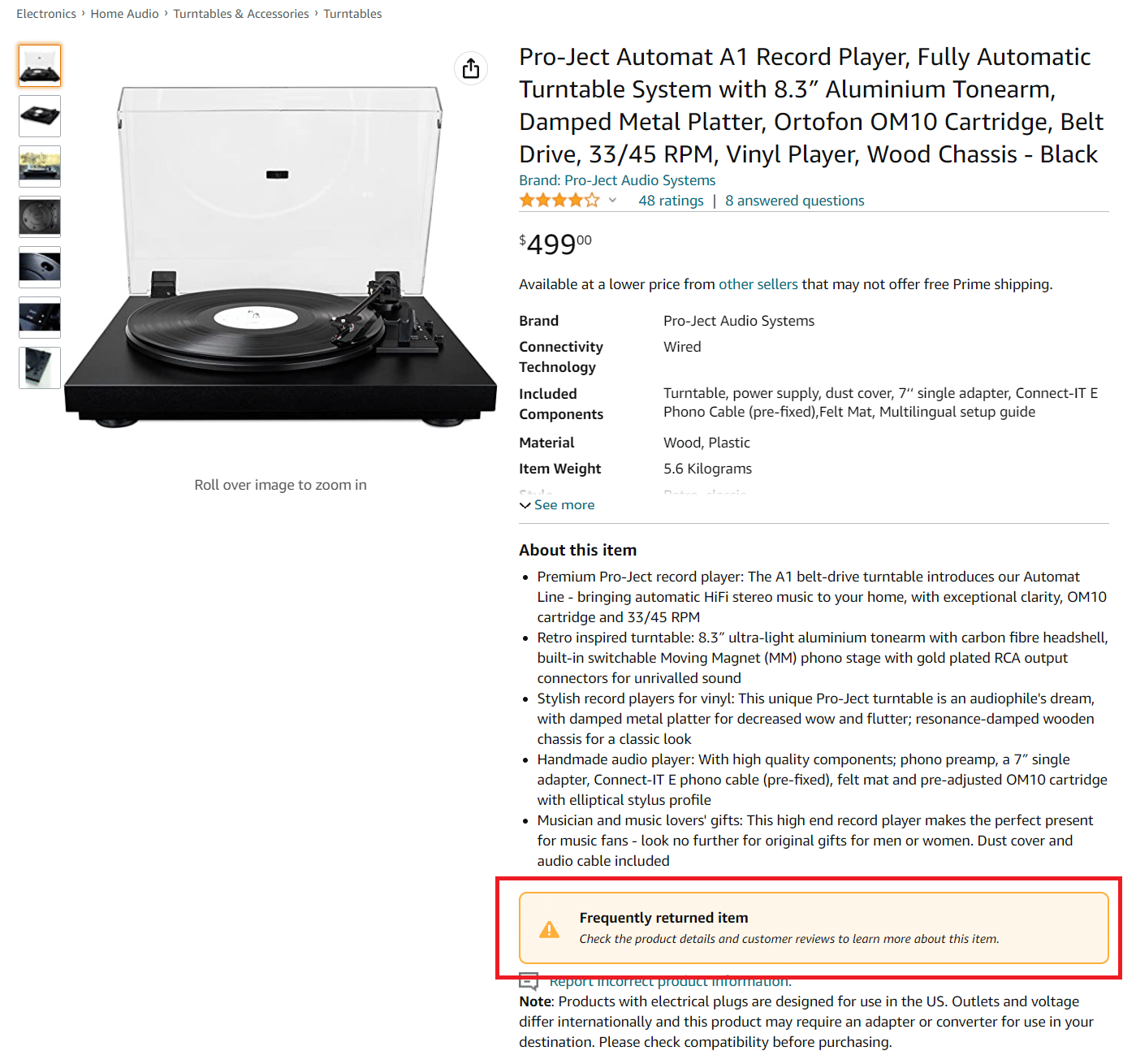Amazon Begins Showing a Product’s Number of Visitors to Customers

In Amazon's never-ending tinkering and testing of its search results page, they have started to show the total number of visitors to product pages over the last month.
Certain products and categories now show this visitor count. Typically, it appears in the form of the number of “monthly views” a product gets.
Total Views Shown for Certain Products/Categories/Devices But Not All
Right now, the appearance of the “total monthly views” has not rolled out to all search results and is heavily dependent on the product, the category, and the device. For example, the screenshot below was taken when searching for “shoes” on a mobile device. When this same search was performed on a desktop, the total views did not show up.

It remains to be seen if Amazon will begin rolling out these changes more widely and it will almost certainly depend on whether Amazon deems it to help click-through rates and, ultimately, conversion rates. However, showing the number of visitors to a particular page has been a popular conversion tactic in e-commerce for some time, especially prevalent in the travel industry.
Changes Follow a Series of Other Major Tweaks and Data Transparency
This change is one more in a seemingly lone line of fairly significant tweaks made to search result pages and product pages over the last several months. Recently, Amazon has also begun showing the number of units purchased in a month on some products/categories and Amazon also in March started identifying “frequently returned items.”

The move also follows a more broader overall change from Amazon about being more transparent with its data (ever since being grilled by Congress in 2019 for not “playing fair”). However, most of these changes in access to more data have been for the benefit of sellers, but Amazon clearly thinks that more data is good for consumers too.
Will the new changes to the Search Results pages be good for sellers? Likely the changes will not adversely affect one group over another, positively or negatively. The changes are designed to help overall conversion rates and click-through rates and ultimately a rising tide (or in this case, rising conversion rates) lifts all boats.



